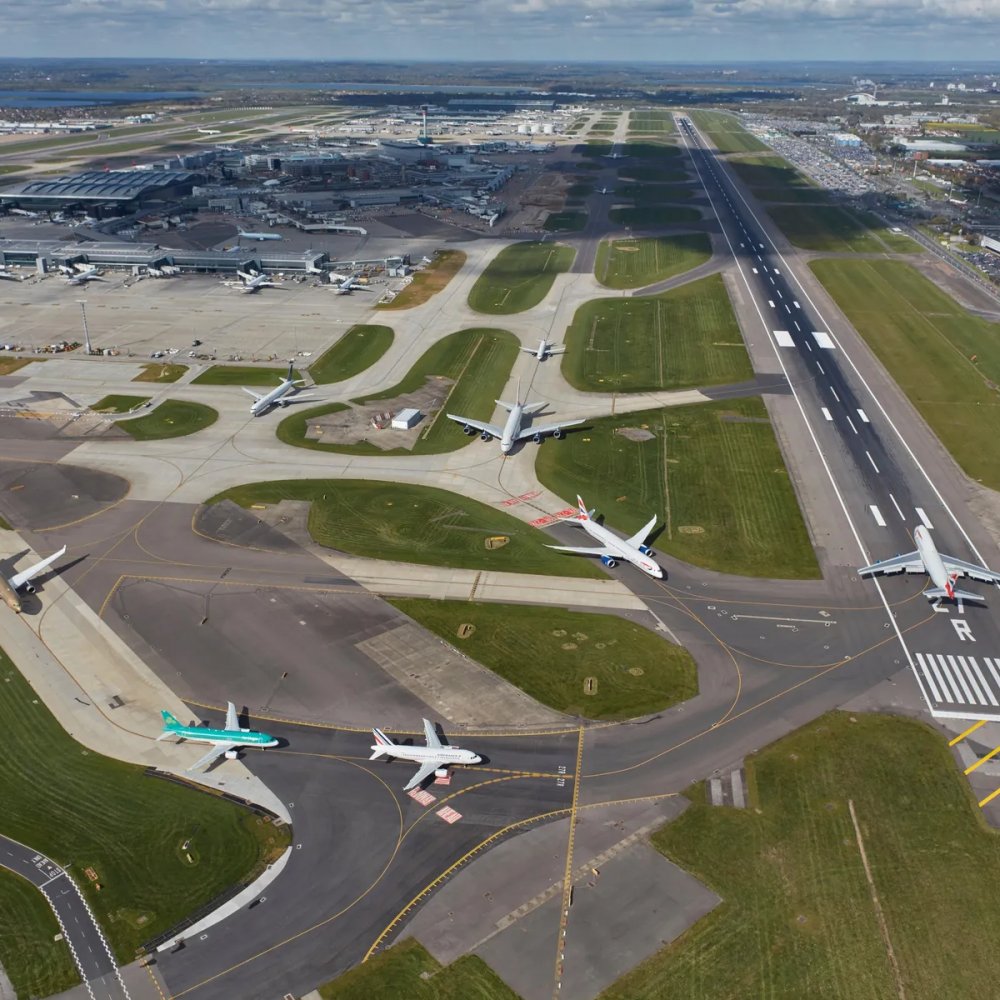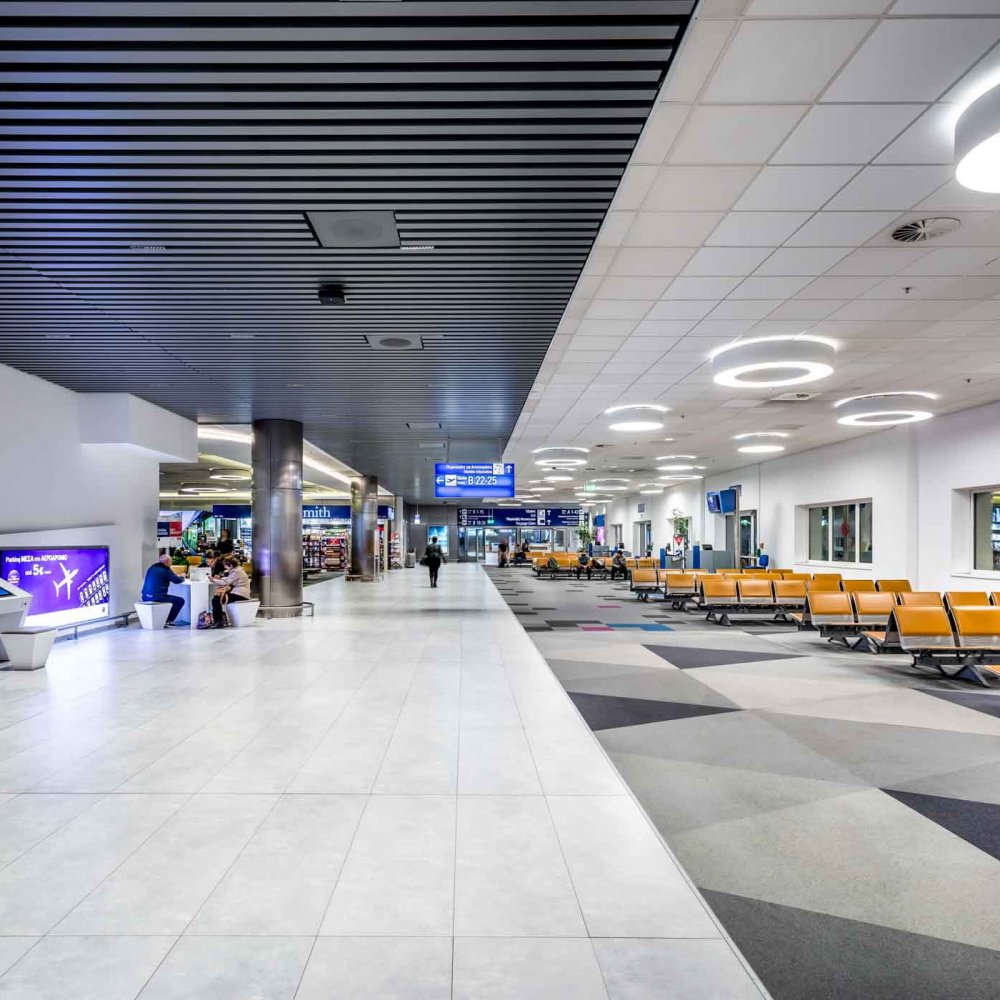The moment you realise your flight departs early from Luton Airport, UK, the clock starts ticking. Picture the buzz of London mornings or the gentle rush of suburban streets as you plot your escape to catch that plane. You’re packing last-minute essentials, checking flight updates on your phone, and wondering: how do you get to Luton Airport, UK without a hitch? Whether you’re a seasoned traveller or this is your first venture from one of the UK’s busiest regional airports, the journey there is a critical part of your trip. When I last landed at Luton after a business trip, a smooth, comfy ride whisked me seamlessly from city centre chaos to airport calm. Let’s explore how you can replicate that ease.

Luton Airport, UK seamlessly combines rail, road, and bus connectivity, but deciding on the best way to reach it depends on your location, luggage, schedule, and budget. This guide walks you through every step, so you can confidently plan your transfer without surprises.
Why Plan Your Airport Transfer?
When considering how to get to Luton Airport, UK, a well-thought plan makes the difference between stress and smooth sailing. The airport lies about 30 miles north of London, making multiple transport options available but with varying costs and travel times. Planning ahead helps you avoid last-minute scrambles, directional guesswork, or unexpected surcharges (notoriously common at airports). From safety to convenience, knowing your route means less anxiety and more focus on your trip ahead.
Luton Airport, UK train connections might tempt the eco-conscious or budget traveller, but careful timing is essential due to shuttle bus transfers. Taxi to Luton Airport, UK offers door-to-door ease but can be expensive during peak hours, while buses offer budget-friendly but sometimes slower alternatives. Your choice depends on balancing price, time, and comfort.
Plus, managing luggage and accessibility needs becomes clearer when you decide on your transfer mode early. The airport’s layout is straightforward, but it’s never fun hauling suitcases over unexpected footpaths or crowded platforms. Planning means arriving refreshed, ready to start your journey – instead of frazzled before your flight departs.
Price & Time Grid: Your Options at a Glance
| Transport | Single Fare (GBP) | Return Fare (GBP) | Journey Time | First Service | Last Service | Night Surcharge |
|---|---|---|---|---|---|---|
| Taxi | £50–70 | £100–140 (estimate) | 40–60 minutes (varies with traffic) | 24/7 | 24/7 | Yes (around 10–20%) |
| Rideshare (e.g. Uber) | £35–60 | £70–120 (estimate) | 40–60 minutes (peak traffic affects times) | 24/7 (subject to demand) | 24/7 (subject to demand) | Yes (dynamic pricing) |
| Rail | £15–20 | £30–40 | 30–45 minutes (including shuttle) | ~05:30 | ~23:00 | No |
| Express Bus (National Express) | £10–15 | £20–28 | 40–60 minutes (London Victoria) | ~04:30 | 00:30 | Varies |
| Local Bus (Green Line 757, 757) | £5–8 | £8–14 | 60–90 minutes | 06:00 | 22:00 | No |
The table above lays out the main choices for how to get to Luton Airport, UK with respect to cost and convenience. While taxis and rideshares dominate in comfort, they come at a premium and are susceptible to London’s unpredictable traffic. Rail and express buses strike a middle ground, often preferred by those balancing time and savings. Local buses make the journey cheapest but take longer, suited for those with flexibility. Night travellers usually opt for taxis or rideshares due to limited public transport.
Step-by-Step Guide for Each Mode
Taxi
- Book your taxi in advance if possible, specifying pickup location and luggage needs.
- Confirm the driver will use main routes avoiding construction or congestion where possible.
- Have your payment arranged—card or cash, and clarify if tip included.
- Load your luggage carefully with driver or independently at pickup.
- Relax in the vehicle while tracking progress via app or estimated time.
- Ask the driver to wait or arrange pickup if you need return transport post-flight.
Rideshare
- Open your preferred app (e.g., Uber, Bolt) and set destination as "Luton Airport, UK." Ensure correct airport terminal.
- Select vehicle type depending on party size and luggage.
- Request your ride and watch driver approach; communicate pickup location clearly.
- Load luggage securely—drivers typically help if asked.
- During the ride, use app features for route updates and expected arrival time.
- Upon arrival, ensure you collect all personal belongings before exit.
Rail
- Travel to one of the mainline stations offering trains to Luton Airport Parkway (e.g., London St Pancras, Blackfriars).
- Buy tickets in advance or at the station; off-peak fares save money.
- Board the train bound for Luton Airport Parkway, paying attention to stops and onboard announcements.
- At Luton Airport Parkway, exit the train and follow signs for the shuttle bus to the terminal.
- Board the frequent shuttle bus (about every 10 minutes); ticket included in many rail tickets.
- Arrive at Luton Airport terminal ready for check-in and security.
Bus
- Choose National Express for express connections, or Green Line 757 for local route.
- Purchase your ticket online or at the coach station—booking ahead advised for National Express.
- Arrive at your pickup point early; confirm the bus number and destination with staff.
- Board the bus, stow your luggage in designated areas.
- Enjoy onboard amenities (Wi-Fi, air conditioning) on express buses.
- Disembark at Luton Airport bus stop close to terminals.
Returning a Rental Car
- Check your rental contract for the fuel policy; most require a full tank upon return (Hertz, March 2025).
- Fill up at the nearest petrol station before heading to the airport to avoid high fuel charges.
- Follow airport signs to the car rental return area, located near the airport’s main entrance.
- Park in the designated rental return spots, noted clearly for each rental company.
- Perform a quick vehicle check for any damage; note it with rental staff or take photos.
- Complete paperwork or use after-hours drop-box if returning outside office hours.
- Take the shuttle bus or walk to the terminal’s departures area, allowing extra time if luggage is heavy.
Money-Saving Hacks
- Book your taxi or rideshare in advance to avoid surge pricing at peak times.
- Use rail tickets with railcard discounts or buy well in advance for cheaper fares.
- Consider group travel sharing a driver via rideshare to split costs if heading to Luton Airport, UK.
- Travel light to avoid additional charges on buses and quick transfers.
- Check for combined rail-plus-shuttle bus tickets which often save money compared to separate buys.
Peak-Hour vs Off-Peak Travel Times
The journey to Luton Airport, UK feels very different if you travel during London’s peak hours (07:00–09:30 & 16:30–19:00). Congestion swells on the M1 motorway and London roads, especially affecting taxi and rideshare options, risking delays of 20–30 minutes or more. Experienced travellers avoid these times, opting for early morning or late evening departures to maximise predictability.

Off-peak travel not only guarantees quicker journeys but often lower fares. Public transport schedules are designed to accommodate rush hours with more frequent trains and buses, but these can be crowded, less comfortable, and a challenge if you have larger luggage. Balancing convenience with cost and timing is key to deciding how to get to Luton Airport, UK at tough hours.
Accessibility & Luggage Factors
Luton Airport, UK is well-equipped for travellers with mobility challenges. All buses, trains, and shuttles servicing the airport have wheelchair access and space for assistance dogs. The shuttle bus from Luton Airport Parkway is wheelchair-friendly, with priority seating and step-free access. If you carry oversized luggage, taxis and rideshares offer the easiest direct transport with minimal hassle.
Public transport may require navigating stairs or lifts at stations; those with bulky suitcases should beware of the shuttle transfer from train to terminal, which involves a short walk and occasionally crowded conditions. Planning based on your luggage helps reduce fatigue and stress on your journey.
Carbon-Smart Alternatives
For the eco-conscious, how to get to Luton Airport, UK greenly includes shared shuttle services connecting London and surrounding towns. These minibuses reduce individual car trips and often work on a pre-book basis, balancing speed with carbon savings. Bike-and-ride options cater to local residents with secure parking facilities near Luton Airport Parkway station, encouraging zero-emission starts to travel.
Park-and-ride schemes on the outskirts allow drivers to park cheaply and switch to electric buses for the last leg, slashing emissions while keeping convenience intact. Choosing greener options also often means less traffic frustration – a win for both the planet and your peace of mind.
Sample 08:00 Flight Timeline
- T-12 hours: Book your ticket or ride; confirm luggage specs and arrange pickup.
- T-4 hours: Check flight status; pack final items; charge devices; arrange transport pickup time.
- T-2 hours: Depart for Luton Airport, UK via chosen transport; monitor traffic and transit delays.
- T-0: Arrive at terminal; check-in, drop bags, and clear security comfortably.
Hidden Pitfalls & Local Quirks
Understanding local nuances ensures your journey to Luton Airport, UK is as hassle-free as possible. There are quirks that first-timers often overlook.
- Strike days: Public transport strikes can disrupt rail and bus services unexpectedly; always check providers' latest announcements close to travel date.
- Cash-only buses: Some local Green Line services still prefer cash payments; have change ready or confirm card acceptance in advance.
- Motorway tolls: While most routes avoid toll roads, some taxi drivers may choose toll routes with extra charges; verify fare estimates before journey.
Eight Mistakes Travellers Make
- Not booking taxis or rideshares early and paying surge prices.
- Underestimating transfer time from Luton Airport Parkway rail station to terminal.
- Choosing cheapest bus routes without accounting for luggage inconvenience.
- Ignoring peak-hour traffic patterns, leading to late arrivals.
- Failing to check public transport strike dates.
- Not filling the fuel tank before returning a rental car, incurring hefty fees.
- Assuming all buses and trains accept cards; some remain cash-only.
- Forgetting to confirm accessibility needs ahead of time, causing unnecessary struggle.
Frequently Asked Questions
What is the quickest way to get to Luton Airport, UK from central London?
The quickest way is usually by taxi or rideshare, taking about 40 minutes outside peak traffic. The Luton Airport, UK train via Luton Airport Parkway plus shuttle bus can take roughly 45 minutes.
Does the rail ticket include the shuttle bus to the airport terminal?
Yes, many rail tickets to Luton Airport Parkway include free shuttle service to the terminal; verify this when purchasing.
Are overnight transport options available?
Taxis and rideshares operate 24/7; buses and trains run reduced night services with potential night surcharges.
How do I handle luggage on public transport to Luton Airport, UK?
Express buses and trains are set up for luggage, but be aware of transferring buses and stairs. Taxis and rideshares are better for bulky bags or special items.
Call to Action
Now that you’re equipped with everything you need on how to get to Luton Airport, UK—whether by taxi, rideshare, rail, or bus—why not share your experiences or questions below? Joining our travel community means you won’t miss out on updates and insider tips for UK airports and beyond. Subscribe for more insights, and make every journey a breeze.






